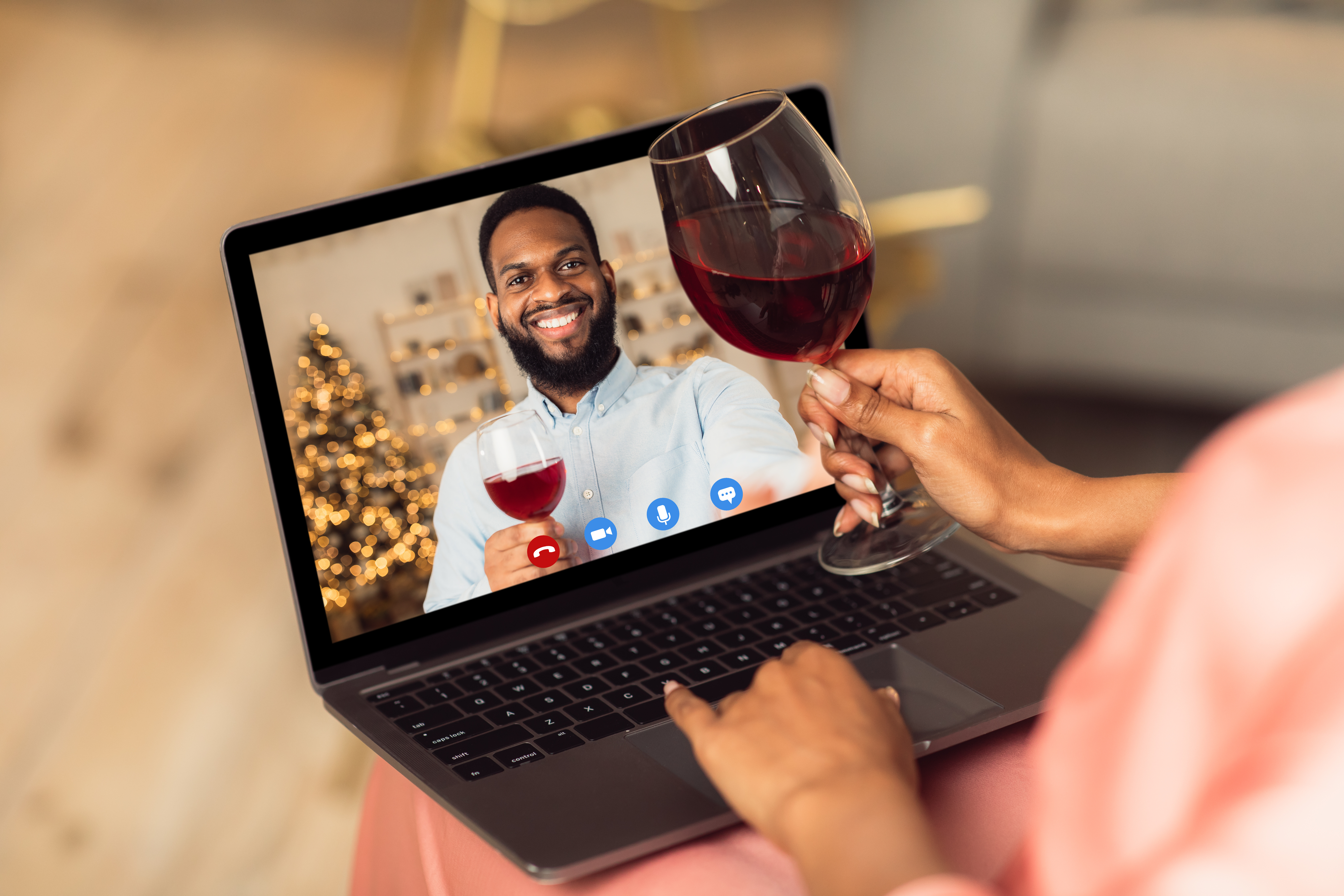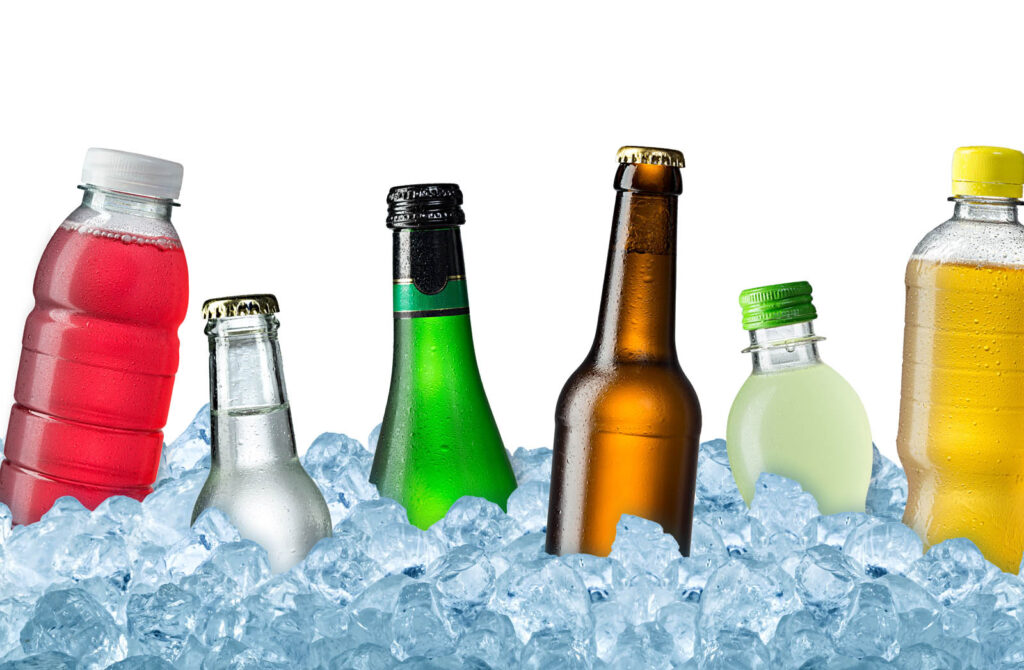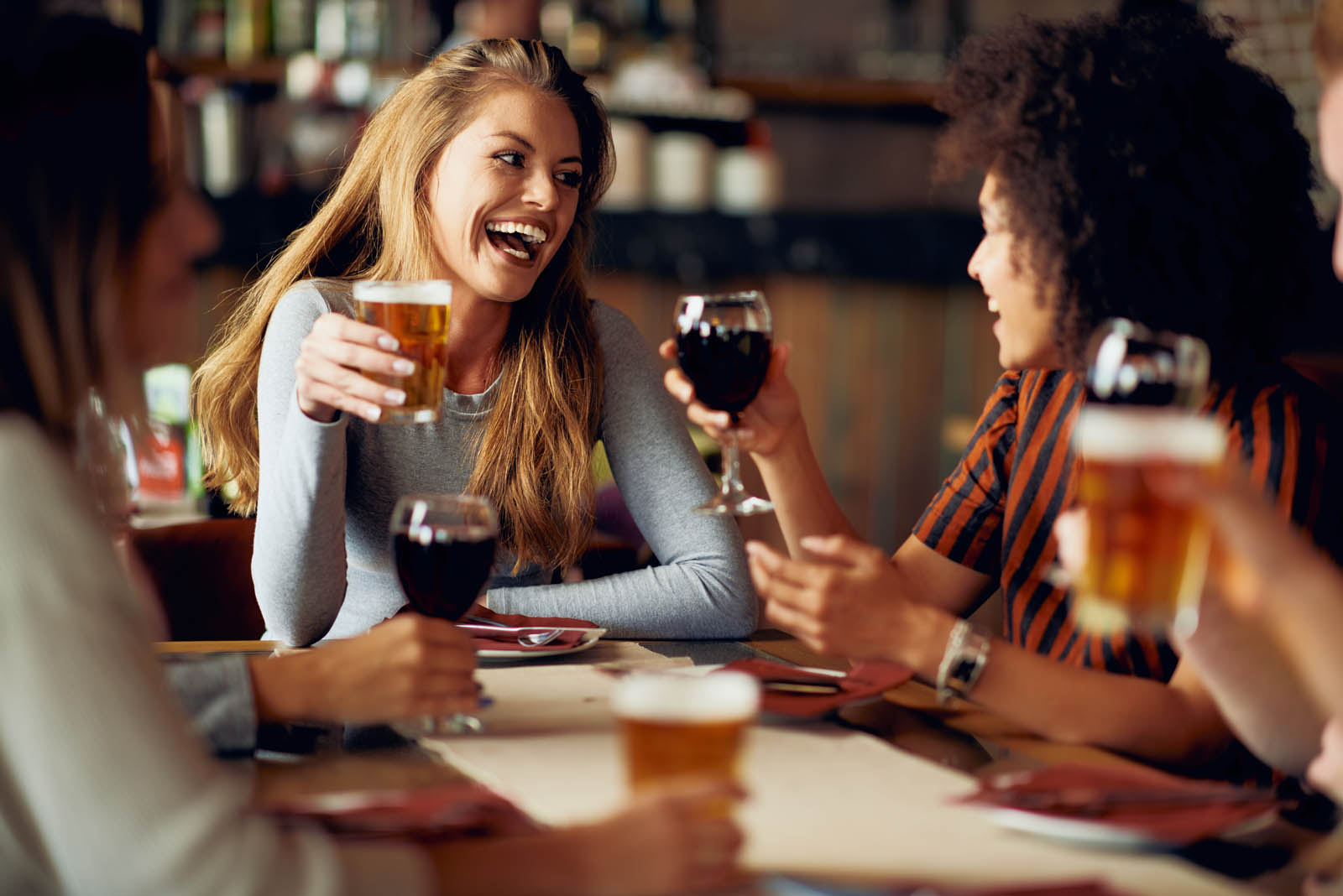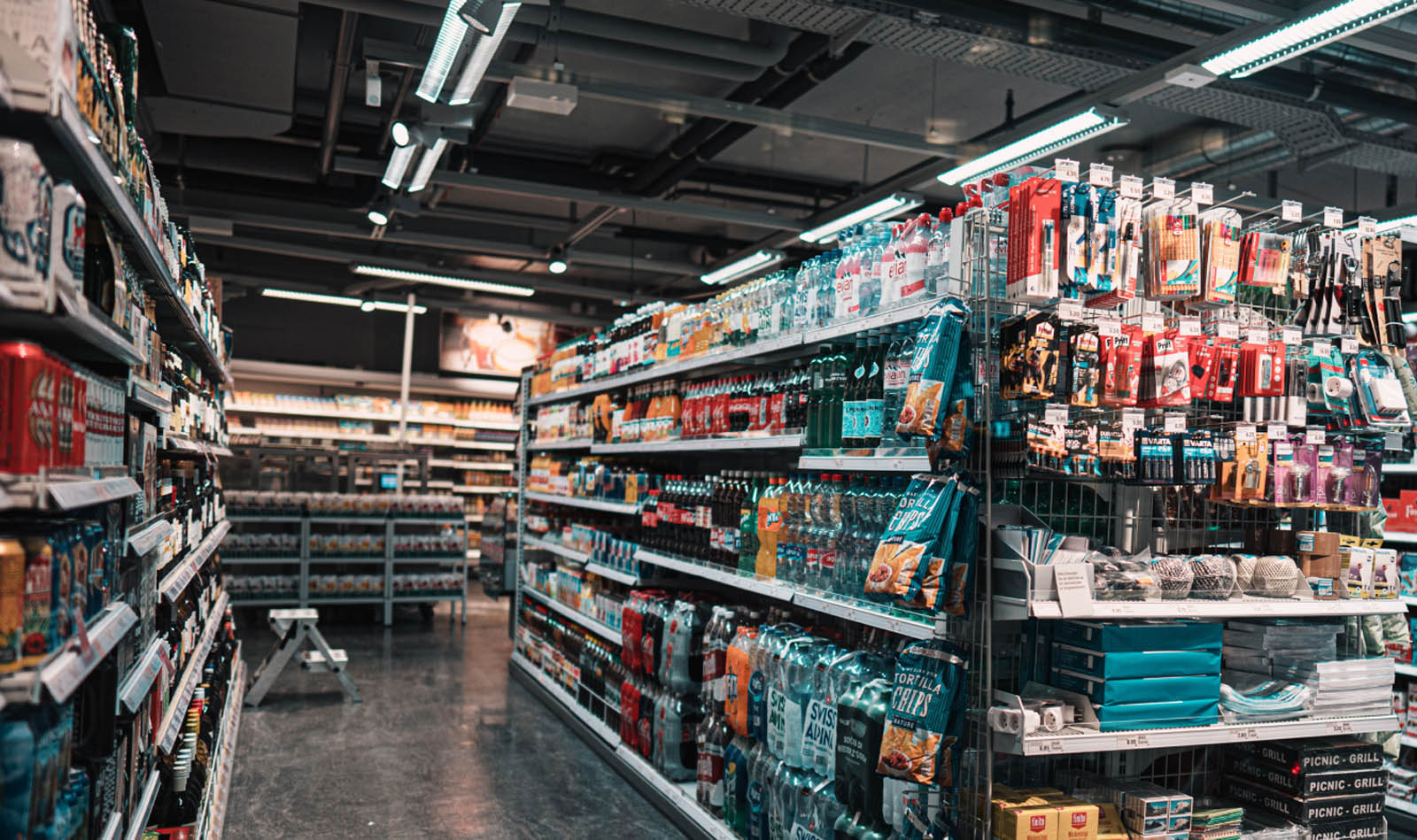
Case Study
Ethnography and Activation Research: The Pivot To Online During COVID-19
overview
Our client, a maker of flavored alcoholic beverages, was eager to get to know one of their key consumer segments so that they could better address their needs and win more of their business. Initially, the client was interested in using traditional ethnographic research methods and an in-person workshop to glean insights and generate creative solutions. But coronavirus had other plans.
In light of COVID-19, our research team re-scoped the study to include a digital ethnographic approach combined with virtual activation sessions. By the end of the project, the client team had generated over 100 ideas and converged on six key themes to help win more of their target segment’s wallet!
THE PROBLEM
Pivoting From In-Person to Digital
Our client, an alcohol beverage brand, wanted to better understand the unique characteristics of one of its core female segments. Specifically, the client needed insights into this segment’s shopping behaviors, decision processes, and brand and communication perceptions related to flavored alcoholic beverages. Ultimately, our client planned to use the research findings to ideate strategies for better attracting and serving these consumers.
The initial research plan entailed meeting each respondent in their home for an in-depth understanding of who they are and how they engage with the category, conducting a shopping exercise together, and then observing the consumer with the product in a social setting.
But, of course, when COVID-19 hit, our plans had to change.

OUR APPROACH
Digital Ethnographies, Webcam Interviews, and Activation Workshops
C+R developed a three-stage research program to learn about our client’s consumer segment and activate against the findings. Given safety concerns related to coronavirus, all three stages took place online.
First, we recruited 28 female participants to participate in a digital ethnography. Participants ranged in age from 21 to 49 and had different backgrounds, including marital status, presence of kids in the household, income, and education level. Twenty of the consumers had purchased the client’s brand in the past three months; the rest were competitive consumers.
The target segment completed various activities and responded to questions via multi-modal responses in an online community. Over the course of one week, we were able to see the inside of consumers’ homes and fridges via video journals and observe consumers sampling the client’s product. To dig deeper into the target, we hand-picked a subset of “superstars” from the online community to participate in 60-minute live webcam interviews.
Finally, C+R led a series of four virtual activation workshops to help the client translate the research findings into action. In these sessions, we explored key learnings from the qualitative research and ideated product, messaging, and merchandizing ideas. After spending the first three sessions in a generative, divergent mindset, in the last workshop we prioritized the output, so that the key stakeholders could align on the most valuable themes to pursue.

The result
Translating Research Into Action – More Than 100 Ideas and 6 Key Themes
Ultimately, our research approach enabled the client team to build empathy for the target segment and understand their unique needs and wishes for flavored alcoholic beverages. By the end of the activation sessions, the client team had generated over 100 ideas and converged on six key themes to help win more of their target segment’s wallet!


proven experience
related case studies
